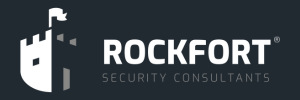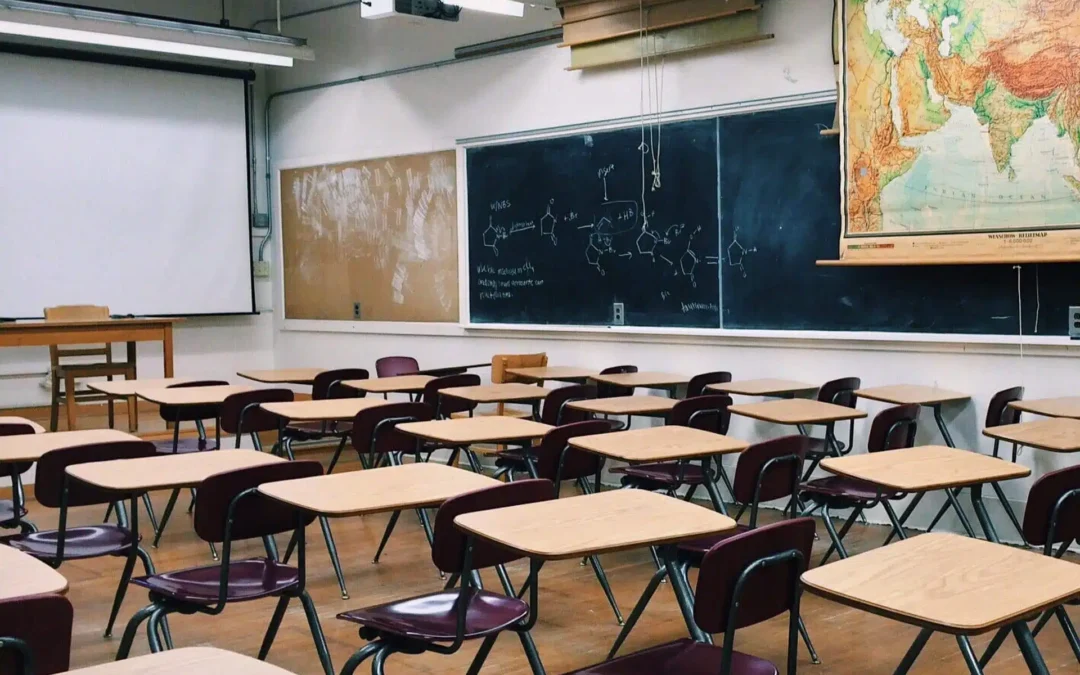Educational institutions, from primary schools to universities, play a critical role in shaping future generations. However, they also face unique security challenges, including unauthorised access, theft, vandalism, and the growing threat of targeted violence. In light of these risks, implementing stringent access control systems is no longer optional, it is essential.
At Rockfort Security Consultants, we understand the complexities of securing educational environments. In this blog, we discuss why the education sector must prioritise robust access control systems and how they can create safer, more secure spaces for students, staff, and visitors.
The Challenges of Security in Education
Educational institutions face distinct security challenges, including:
– Open Campuses: Many schools and universities have open layouts that make controlling access difficult.
– High Foot Traffic: With students, staff, parents, and visitors regularly entering and exiting, monitoring who is on campus can be overwhelming.
– Sensitive Data: Schools handle large volumes of confidential data, including student records and financial information.
– Evolving Threats: Incidents such as intrusions, theft, or even violence highlights the need for proactive security measures.
Addressing these challenges requires a strategic approach, and access control systems are a cornerstone of any comprehensive security plan.
The Importance of Stringent Access Control Systems
1. Enhancing Campus Safety
Access control systems ensure that only authorised individuals can enter designated areas. By employing tools such as keycards, biometric scanners, or mobile credentials, institutions can:
– Prevent unauthorised access to classrooms, dormitories, or staff offices.
– Mitigate risks posed by intruders or individuals with malicious intent.
– Maintain a safe environment for students, staff, and visitors.
Restricting access is particularly critical for high-risk areas, such as laboratories, IT centres, or cash-handling offices.
2. Managing High Traffic Efficiently
Educational facilities often experience significant foot traffic, making it challenging to track movements manually. Stringent access control systems can:
– Automate entry and exit processes, reducing congestion at peak times.
– Monitor and log entry data to identify patterns or anomalies.
– Provide real-time updates on who is on campus during emergencies.
This efficiency not only enhances security but also improves the overall experience for students and staff.
3. Protecting Sensitive Data
Educational institutions are custodians of sensitive information, from personal student data to financial records. An access control system protects this data by:
– Limiting access to administrative offices and data storage areas.
– Integrating with cybersecurity measures to prevent breaches.
– Logging access attempts for audit purposes, ensuring compliance with data protection regulations such as GDPR or FERPA.
By safeguarding data, institutions maintain trust and avoid reputational damage.
4. Responding Effectively to Emergencies
In emergencies, such as fire evacuations or lockdown scenarios, access control systems play a crucial role by:
– Locking or unlocking specific areas remotely to control movement.
– Providing real-time information on occupancy levels to first responders.
– Triggering automated alerts to notify staff and students of incidents.
These capabilities enable institutions to respond quickly and effectively, minimising risks to life and property.
5. Reducing Costs Through Automation
While stringent access control systems require an initial investment, they can lead to significant cost savings over time by:
– Reducing reliance on security personnel for routine monitoring.
– Preventing losses from theft, vandalism, or unauthorised access.
– Streamlining visitor management processes, saving time and resources.
This combination of security and efficiency makes access control systems a cost-effective solution for educational facilities.
Implementing Effective Access Control Systems
To maximise the benefits of access control systems, educational institutions should consider:
1. Layered Security
Combine physical barriers, such as gates and turnstiles, with electronic access controls to create a multi-layered defence.
2. Role-Based Access Control (RBAC)
Assign access permissions based on roles, ensuring that students, staff, and visitors only access areas relevant to their needs.
3. Integration with Existing Systems
Integrate access control with other security measures, such as CCTV, intrusion detection, and emergency communication systems.
4. Regular Audits and Updates
Conduct periodic reviews to ensure that access permissions remain current and systems are updated to counter emerging threats.
5. Training and Awareness
Educate staff and students on the importance of access control and how to use the system effectively.
How Rockfort Security Consultants Can Help
At Rockfort Security Consultants, we specialise in designing and implementing tailored access control solutions for educational institutions. Our services include:
– Risk Assessments: Identifying vulnerabilities and recommending the most effective access control measures.
– System Design and Installation: Deploying cutting-edge tools such as biometric scanners, mobile credentials, and smart locks.
– Integration and Maintenance: Ensuring seamless integration with existing systems and providing ongoing support.
– Training Programmes: Equipping staff with the knowledge to manage and optimise access control systems effectively.
With our expertise, your institution can enhance security while maintaining a welcoming and inclusive environment.
Stringent access control systems are a critical investment for educational institutions. By enhancing campus safety, managing high traffic efficiently, protecting sensitive data, and enabling effective emergency responses, these systems provide a robust foundation for modern security strategies.
Contact Rockfort Security Consultants today to learn how we can help you design and implement access control solutions that safeguard your students, staff, and facilities.

